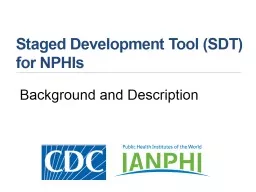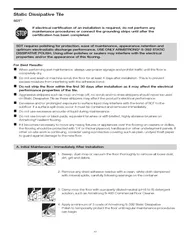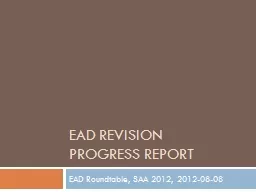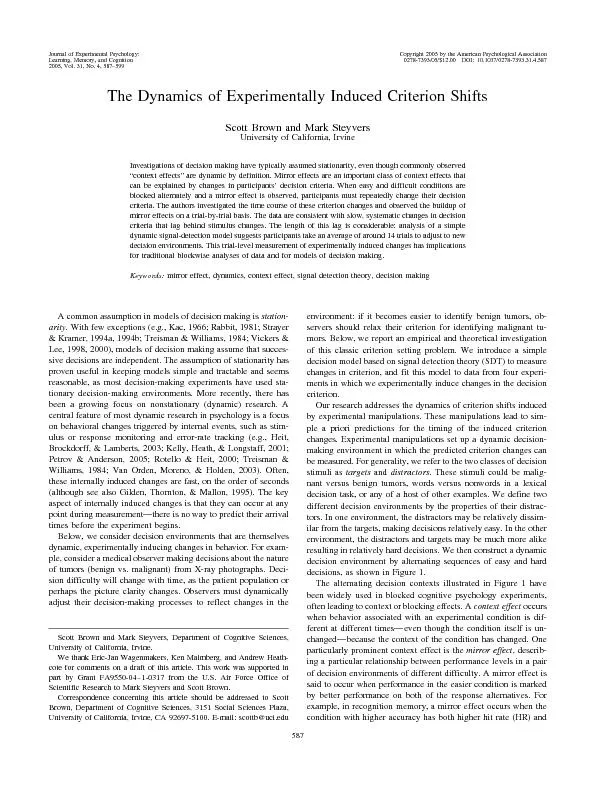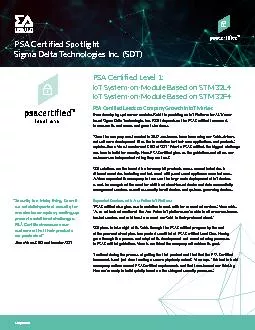PPT-Staged Development Tool (SDT)
Author : alexa-scheidler | Published Date : 2018-12-06
for NPHIs Background and Description Topics Assessment Prioritization WorkPlanning A process and toolkit to help NPHIs function at a higher level Involves 3 steps
Presentation Embed Code
Download Presentation
Download Presentation The PPT/PDF document "Staged Development Tool (SDT)" is the property of its rightful owner. Permission is granted to download and print the materials on this website for personal, non-commercial use only, and to display it on your personal computer provided you do not modify the materials and that you retain all copyright notices contained in the materials. By downloading content from our website, you accept the terms of this agreement.
Staged Development Tool (SDT): Transcript
Download Rules Of Document
"Staged Development Tool (SDT)"The content belongs to its owner. You may download and print it for personal use, without modification, and keep all copyright notices. By downloading, you agree to these terms.
Related Documents

